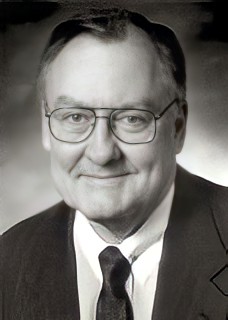
James Robert Thompson Jr., also known as Big Jim Thompson, was the 37th and longest-serving governor of the US state of Illinois, serving from 1977 to 1991. A Republican, Thompson was elected to four consecutive terms and held the office for 14 years. Many years after leaving public office, he served as a member of the National Commission on Terrorist Attacks Upon the United States.

The Illinois General Assembly (IGA) is the bicameral legislature of the U.S. state of Illinois and comprises the Illinois House of Representatives and the Illinois Senate. The General Assembly was created by the first state constitution adopted in 1818. The State Senate has 59 members while the House has 118 members, all elected from single-member districts. A Senate district is formed by combining two adjacent House districts. The current General Assembly is Illinois's 100th. The General Assembly meets in the Illinois State Capitol in Springfield, Illinois. Its session laws are generally adopted by majority vote in both houses, and upon gaining the assent of the Governor of Illinois. They are published in the official Laws of Illinois.

The Illinois House of Representatives is the lower house of the Illinois General Assembly, the bicameral legislature of the U.S. state of Illinois. The body was created by the first Illinois Constitution adopted in 1818. The House consists of 118 representatives elected from individual legislative districts for two-year terms with no limits; redistricted every 10 years, based on the 2010 U.S. census each representative represents approximately 108,734 people.

John Reynolds was a United States politician from the state of Illinois. He was one of the original four justices of the Illinois Supreme Court, 1818–1825, a member of the Illinois House of Representatives from 1826–1830, 1846–1848, and 1852–1854, and the 4th Illinois Governor from 1830–1834. He also represented Illinois in the United States House of Representatives, 1834–1837 and 1839–1843.

The Illinois gubernatorial election of 2006 occurred on November 7, 2006. The Governor of Illinois, Democrat Rod Blagojevich, won re-election for a four-year term scheduled to have ended on January 10, 2011. However, Blagojevich was impeached and convicted in 2009. Many observers expected the race to be close, especially considering the polling, which has shown Governor Blagojevich had a high disapproval rating. However, the Republicans had fared poorly in elections since 2002 due to scandals involving prior Governor George Ryan, and the increasingly unpopular presidency of George W. Bush.

William Lee Davidson Ewing was a politician from Illinois who served partial terms as the fifth governor of the state and as U.S. Senator.
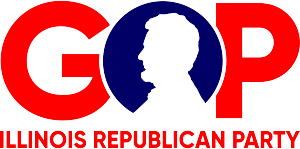
The Illinois Republican Party is the state-level affiliate of the Republican Party in Illinois. Since May 17, 2014, it has been chaired by Tim Schneider. The party is one of two legally established, statewide political parties in Illinois, the other being the Democratic Party.
The US state of Illinois is a Democratic stronghold and one of the "big three" Democratic states alongside California and New York. It is considered one of the most Democratic states in the nation and following the 2018 elections, all six statewide elected offices are held by a Democrat.
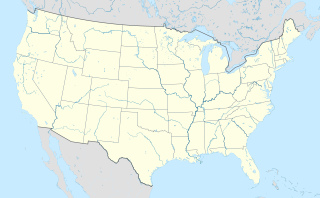
The 2008 Green National Convention took place on July 10–14, 2008 in Chicago, Illinois at the Palmer House Hilton and Symphony Center. This served as both the venue for the Presidential Nominating Convention and the Annual Meeting of the Green Party of the United States.

The 2010 Illinois gubernatorial election took place on November 2, 2010. Incumbent Democratic Governor Pat Quinn sought and was elected to a full term in office. Quinn was elected as the Democratic nominee, the Illinois Green Party nominee was attorney and 2006 nominee Rich Whitney, the Republican nominee was State Senator Bill Brady, the Libertarian Party nominee was Lex Green, and Scott Lee Cohen ran as an independent. Governor Quinn won election to a full term in a very close race, beating Senator Brady by only about 32,000 votes, despite Brady winning in 98 of 102 Illinois counties.
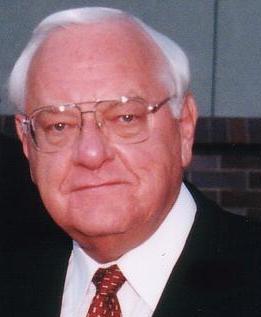
The 1998 Illinois gubernatorial election resulted in Republican Secretary of State George Ryan defeating Democratic Congressman Glenn Poshard.

The Illinois gubernatorial election of 1830 was the fourth quadrennial election for this office. State Representative John Reynolds was elected comfortably, defeating Lt. Governor William Kinney.

The 2014 Connecticut gubernatorial election took place on November 4, 2014, to elect the governor and lieutenant governor of Connecticut, concurrently with elections to the United States Senate in other states and elections to the United States House of Representatives and various state and local elections.

The 2014 Illinois gubernatorial election was held on November 4, 2014, to elect the Governor and Lieutenant Governor of Illinois, concurrently with the election to Illinois' Class II U.S. Senate seat, as well as other elections to the United States Senate in other states and elections to the United States House of Representatives and various state and local elections.
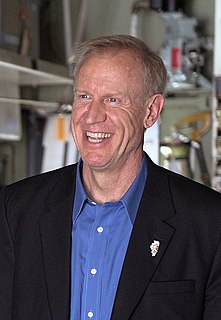
Bruce Vincent Rauner is an American businessman, philanthropist, and politician who served as the 42nd governor of Illinois, from 2015 to 2019. Prior to his election, he was the chairman of R8 Capital Partners and chairman of the private equity firm GTCR, based in Chicago. He was the Republican nominee in the 2014 Illinois gubernatorial election and defeated Democratic incumbent Pat Quinn by 50.3% to 46.4%. Rauner was defeated in the 2018 gubernatorial election by Democratic challenger J. B. Pritzker.

A general election was held in the U.S. state of Illinois on November 4, 2014. All of Illinois' executive officers were up for election as well as a United States Senate seat, and all of Illinois' eighteen seats in the United States House of Representatives. Primary elections were held on March 18, 2014.
William Kinney was an American pioneer, politician, and merchant who was the third Lieutenant Governor of Illinois. Born in Kentucky, Kinney came to the Illinois Territory at a young age with his family. In 1809, he founded a successful dry goods store on the road between the towns of Belleville and Lebanon. This made him a prominent citizen of St. Clair County, and Kinney was elected to the Illinois Senate when the body was formed in 1818.

The 1932 Arizona gubernatorial election took place on November 8, 1932. Incumbent Governor George W. P. Hunt ran for the Democratic nomination, but lost in the primary to Benjamin Baker Moeur, whose pre-gubernatorial experience included service as the Secretary of the Board of Education for Arizona State Teacher's College, which would later become Arizona State University.

The 1990 New Mexico gubernatorial election took place on November 6, 1990, in order to elect the Governor of New Mexico. Due to term limits, incumbent Republican Garrey Carruthers was ineligible to seek a second term as Governor.
















